Before setting out for Chile, the Atacama Desert was far from my mind; it was an unexpected detour.
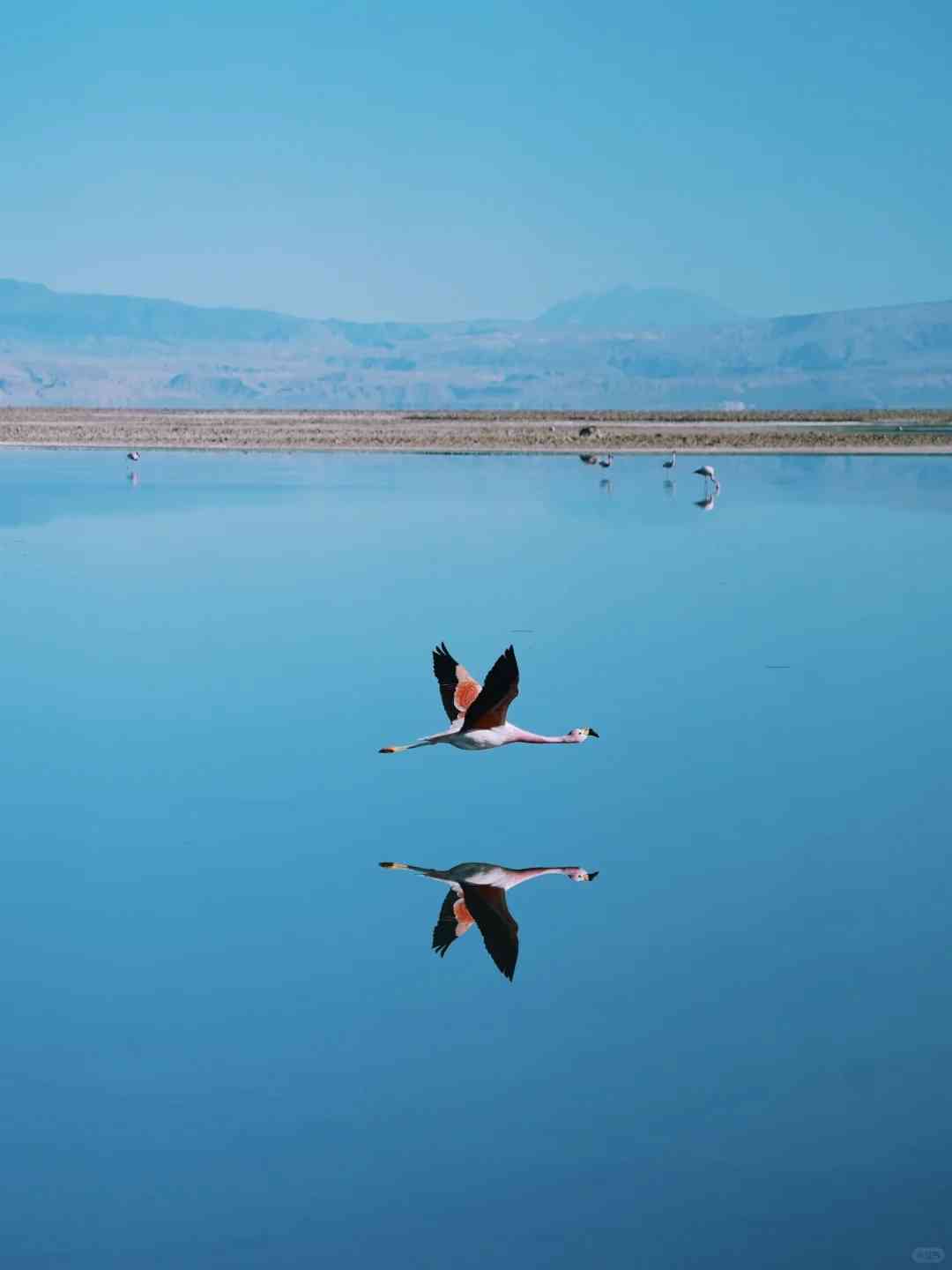
The relentless weather in Torres del Paine had dampened my spirits, and I yearned for a place with clear skies to lift my mood. My phone’s weather forecast promised a week of unbroken sunshine in the desert. Upon my return, I learned that the Atacama basks in sunlight almost year-round.
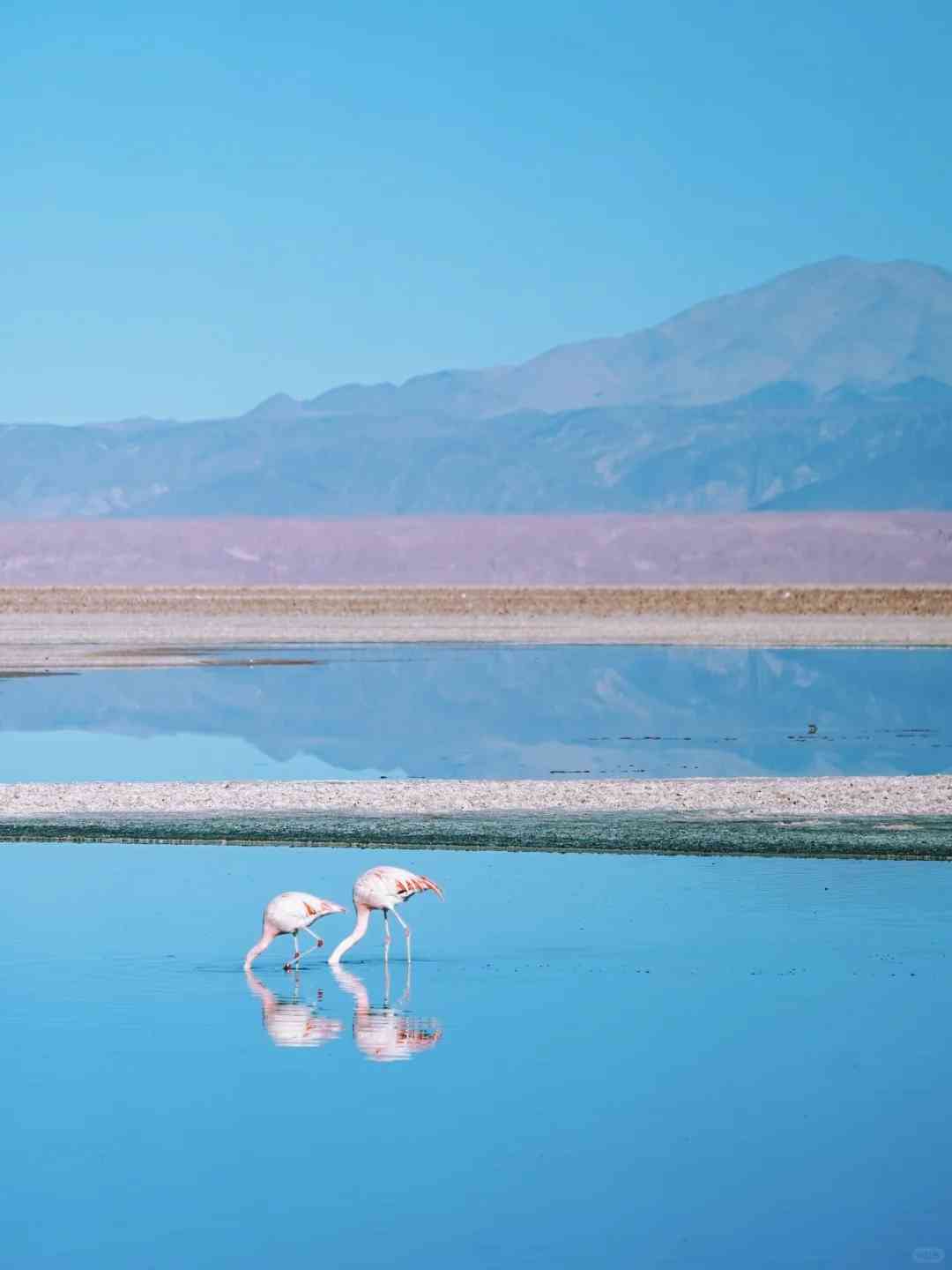
On my final night in Pucon, I managed to secure a booking at Terrantai Lodge in the Atacama Desert, a place highly recommended on Red Book. Its proximity to Brazil makes it as popular as the campsites in Torres del Paine, so advance planning is essential.

The flight from Santiago to Calama offered a breathtaking view. Snow-capped mountains, their peaks adorned with intricate patterns, looked like masterpieces painted by the wind.

Perhaps some experiences need time to fully resonate, which might explain why it took me nearly a month to process my thoughts and emotions. I participated in three tours: stargazing, exploring the red rocks, and climbing a volcano. I wrote a separate post about the volcano climb.
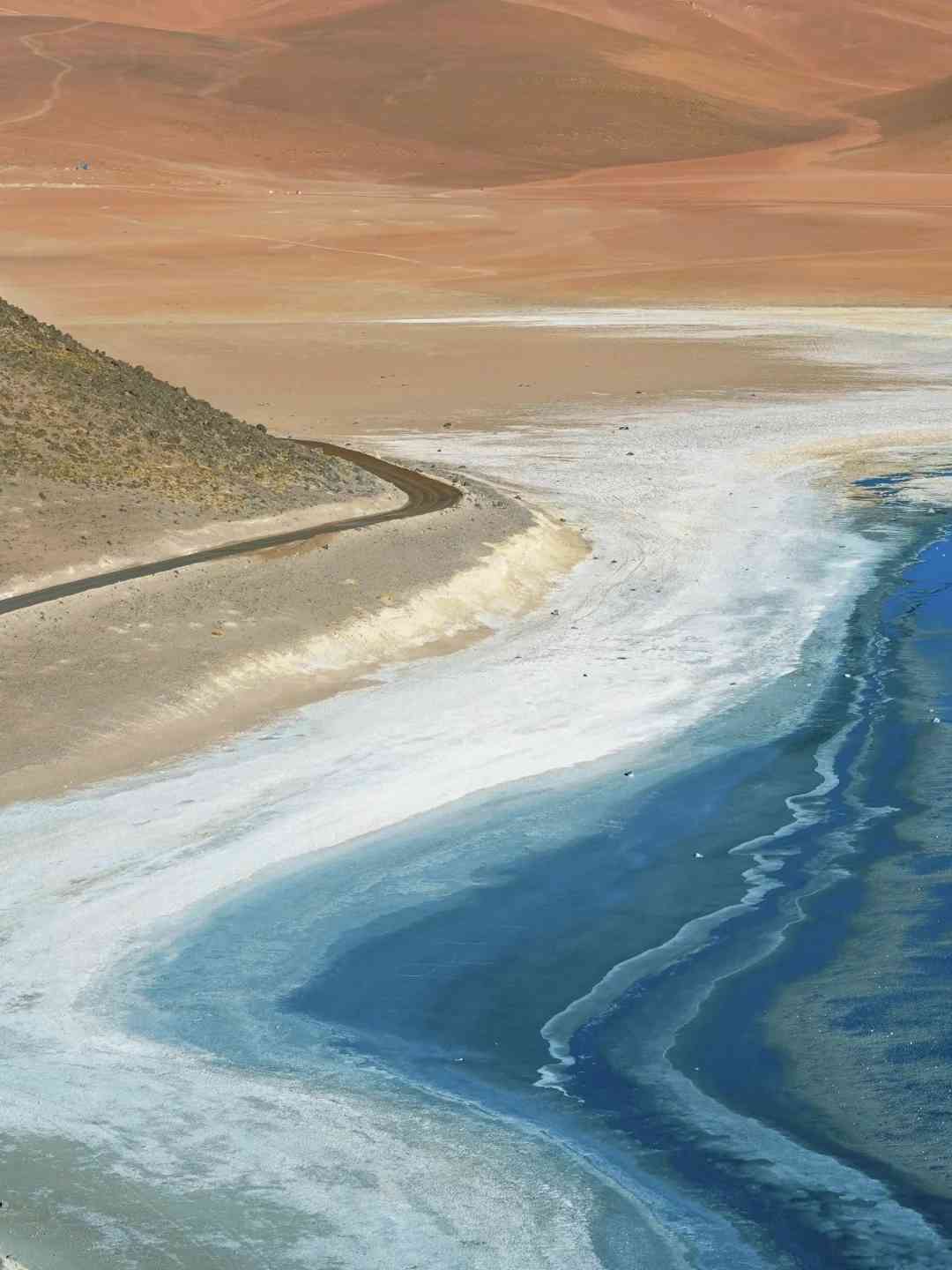
During the stargazing tour, just before midnight, I gazed at the Southern Hemisphere’s star-studded sky. The stars seemed to blend the Earth and the cosmos into a seamless, dark tapestry.

Now, every night, when I look up at the Northern Hemisphere’s stars, I am reminded of a place where the stars are always within reach. It makes me feel incredibly small.
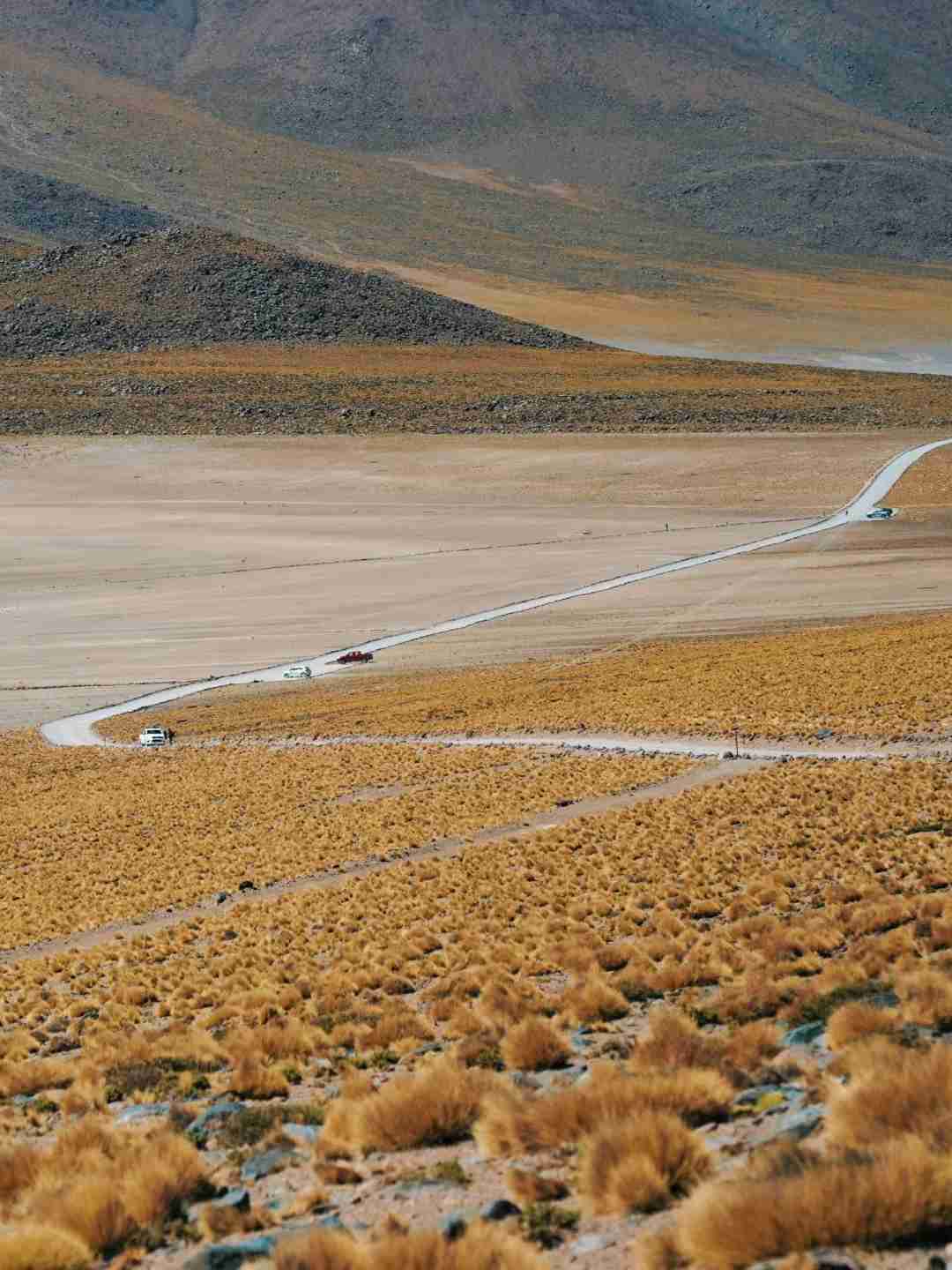
The red rock tour included a visit to see flamingos, something I hadn’t been particularly excited about. But upon arriving at their serene habitat, I was captivated. Everyone spoke in hushed tones, not wanting to disturb the elegant birds as they fed in the water. The scene, with the volcano, blue sky, lake, and flamingos, was a symphony of natural beauty.
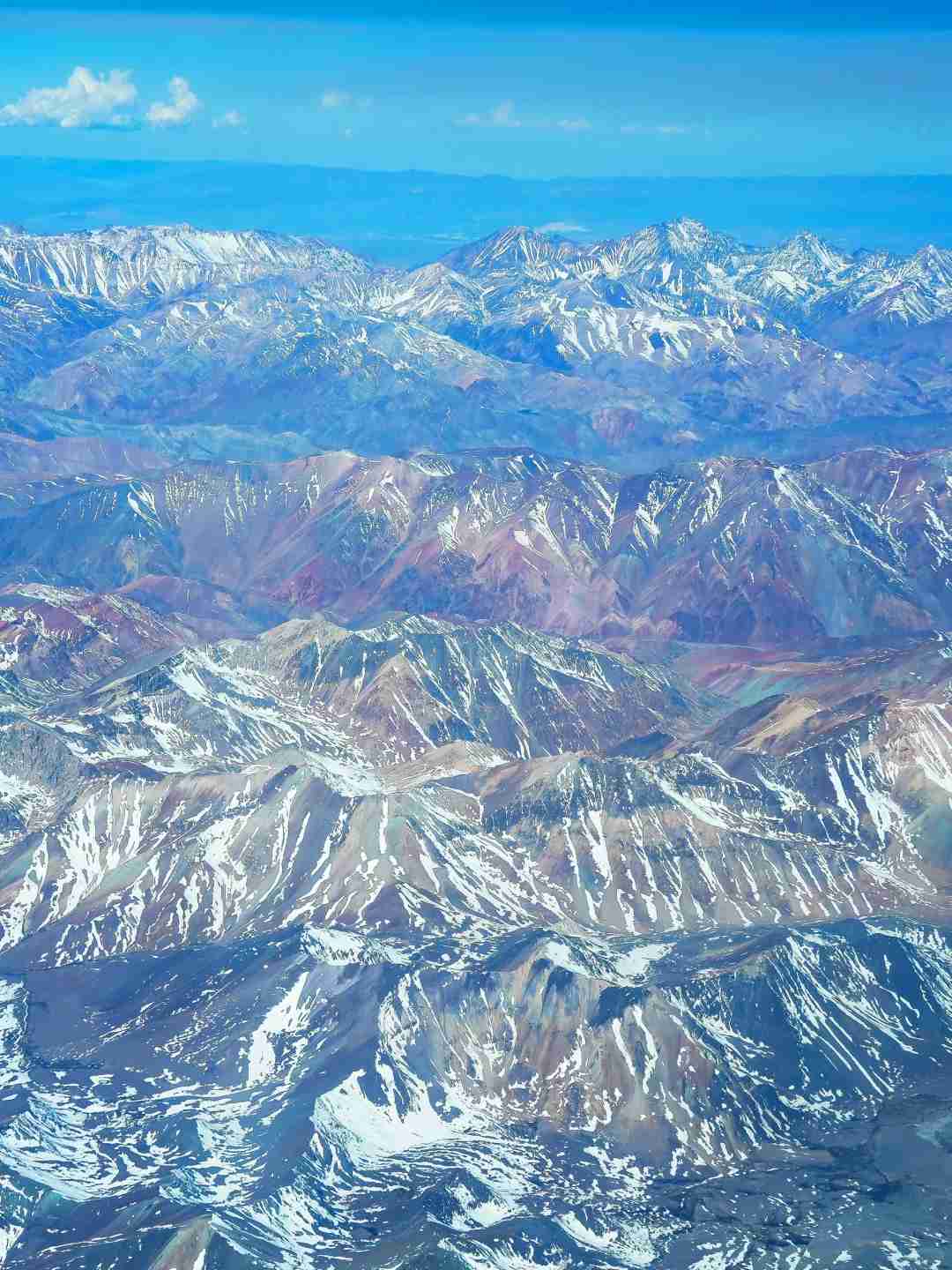
The red rock valley was impressive, but the salt lake left a more profound impression. The dehydrated salt crowded the shallows, and each wave pushed forward, creating a mesmerizing pattern.
In this way, the previous waves found a new form of existence.
On the day I left, strong winds whipped up dust, casting a yellow filter over the landscape.
As the sun set, the sky transformed into a canvas of orange and red hues. Sitting in the car on the way to the airport, I wanted to capture the moment with my camera, but I decided to put it away and simply savor the experience, immersing myself in the scene.
In the desert, I was also drawn to a plant called Coiron in Spanish, similar to fescue in Chinese. (See Figure 11.) This rootless plant clings to the ground, drawing nutrients from the air and a bit of moisture from the soil. They huddle together for warmth, defying the cold of the night, and in the vast, endless desert, they ignite a “flame” of resilience.
On the road, I encountered a hiker, and my driver generously offered him some water. As I watched him trudge slowly along the highway with his heavy backpack in the rearview mirror, a deep sense of admiration washed over me. There are always those who are more daring and courageous, adding an element of intrigue and wonder to our world.